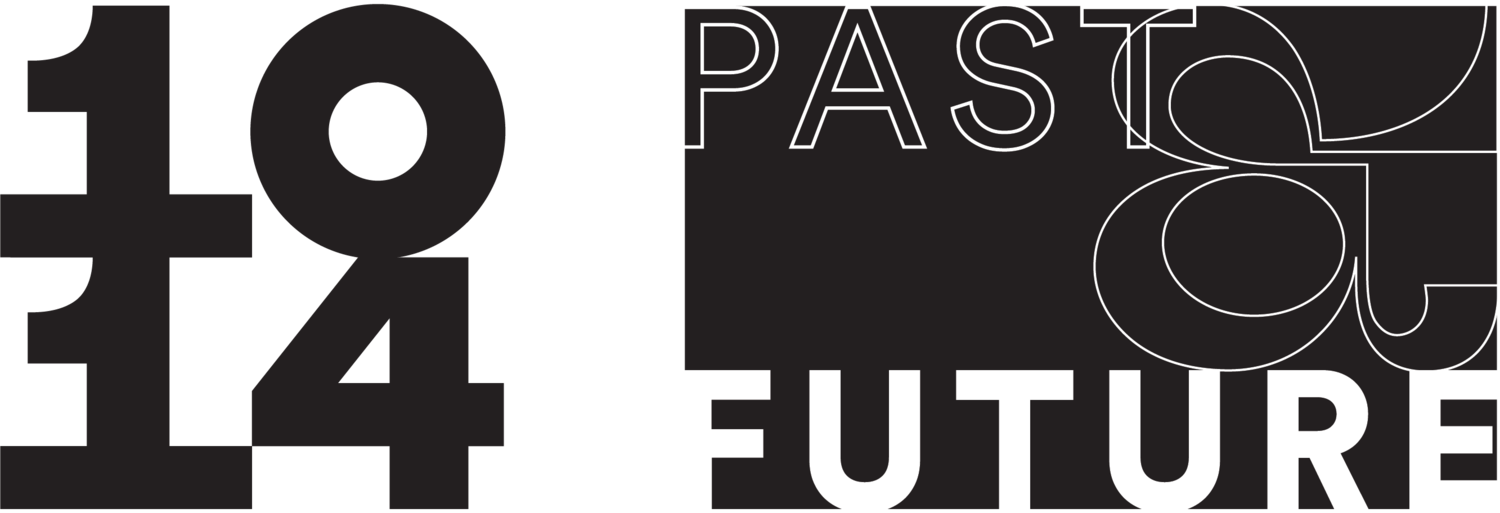
Festival
All program recordings of 1014: Past and Future are featured below. See biographies of all participants in the 1014: Past and Future program here.
Talk: David Chipperfield and Barry Bergdoll in Conversation
In a conversation with Barry Bergdoll, David Chipperfield spoke about the work of his eponymous practice, in particular the extensive experience in restoration and repurposing buildings worldwide. From the renovation of Mies van der Rohe’s Neue Nationalgalerie in Berlin to the approach for transforming the 1014 Fifth Ave. townhouse in Manhattan, the practice prioritizes re-use not only for vital reasons of sustainability but also for the socio-cultural values of continuity and identity in increasingly homogenized urban environments.
Talk: Dominique Jean-Louis & Alexander Manevitz: After Seneca Village. Yorkville and the Transformations of New York City
In 1825, a small group of Black New Yorkers purchased land and founded Seneca Village, an intentional activist community in upper Manhattan built on the ideals of their shared social, political, and religious organizations. For three decades the neighborhood grew to include multiple schools, churches, and cemeteries. Many established lives that redefined the meaning of freedom —owning their homes, supporting organizations, voting, tending gardens, and establishing businesses. The community thrived and eventually became home to immigrants from Ireland and Germany. In the 1850s, however, New York City began to displace the residents, seize their land, and destroy their homes to make way for the construction of Central Park. With their settlement razed, residents scattered and researchers have been unable to locate most of them after Seneca Village. Until now.
Conversation: Architects' Strategies for Adaptive Reuse
How do architects balance historic preservation with contemporary needs? Project leaders Matt Ball (David Chipperfield Architects), Sebastian Kaempf (KARO Architects), Andrew Klemmer (Paratus Group), Nate Trevethan (Michael Van Valkenburgh Associates)—members of the team behind the winning proposal for the renovation of 1014 Fifth Avenue—had a conversation about their approach to restoring and transforming existing spaces. Hosted by exhibition curator and architecture historian Gideon Fink Shapiro.
Lecture: Rebecca Kobrin: OUR Crowd & Immigrant New York
Immigrants of diverse origins and social classes have shaped New York City, but few left such visible marks as the German-speaking Jewish families whose names are synonymous with finance and philanthropy: Schiff, Warburg, Guggenheim, Lehman, etc. Historian Prof. Rebecca Kobrin (Columbia University) discussed the specific impact of these families on the Upper East Side of Manhattan and introduce a new project at Columbia University that uses census data to map and visualize migration in NYC.
Lecture: Tom Miller: History of Townhouses on the Upper East Side / New York
Historian and author Tom Miller gave a history of the Upper East Side neighborhood, and also of the townhouses in the area. Tom detailed the colorful families who lived at these residences, as well as how life played out within the mansions for them and their servants.
Digital Talk: Urban Spaces and German Traces: Immigration and Jewish Life in the United States
For centuries now, immigrants have come to the United States to start a new life. In this virtual Transatlantic Tandem Talk, Prof. Dr. Anke Ortlepp, Professor of North American History at the University of Cologne, and Prof. Lila Corwin Berman, Professor of History at Temple University, discussed what this means for these individuals’ respective culture and language, where immigrant groups settled, and how they maintained their identity through institutions and philanthropy. Is there still German life in New York City - and what does Jewish urban history look like?
Digital Walking Tour: The Evolution of Living on Fifth Avenue
During the Gilded Age, Fifth Avenue was lined with extravagant mansions built for the wealthiest New Yorkers by the starchitects of the age. And it was the destruction or repurposing of these homes that set the tenor for today's iconic thoroughfare. In this talk, adapted from Untapped New York's popular Lost New York series, Chief Experience Officer Justin Rivers examined some of Fifth Avenue's most interesting secrets with a look into some of the magnificent early 20th century mansions on Millionaire’s Row including 1014 Fifth Avenue.
Digital Talk: History, Remembrance, and the Use of Public Space
A few years after the Wall came down, the Berlin city government launched a competition for a work of public art honoring the memory of Berlin Jews who perished in the Holocaust. The conceptual artists Renata Stih and Frieder Schnock submitted their idea, and won the competition. In 1993, they installed Orte des Erinnerns (Places of Remembrance), a permanent, decentralized memorial along the streets of Berlin’s district of Schöneberg documenting the anti-Semitic laws and decrees enacted incrementally by the Nazis between 1933 and 1945. Moderated by ACG President Dr. Steven E. Sokol.
